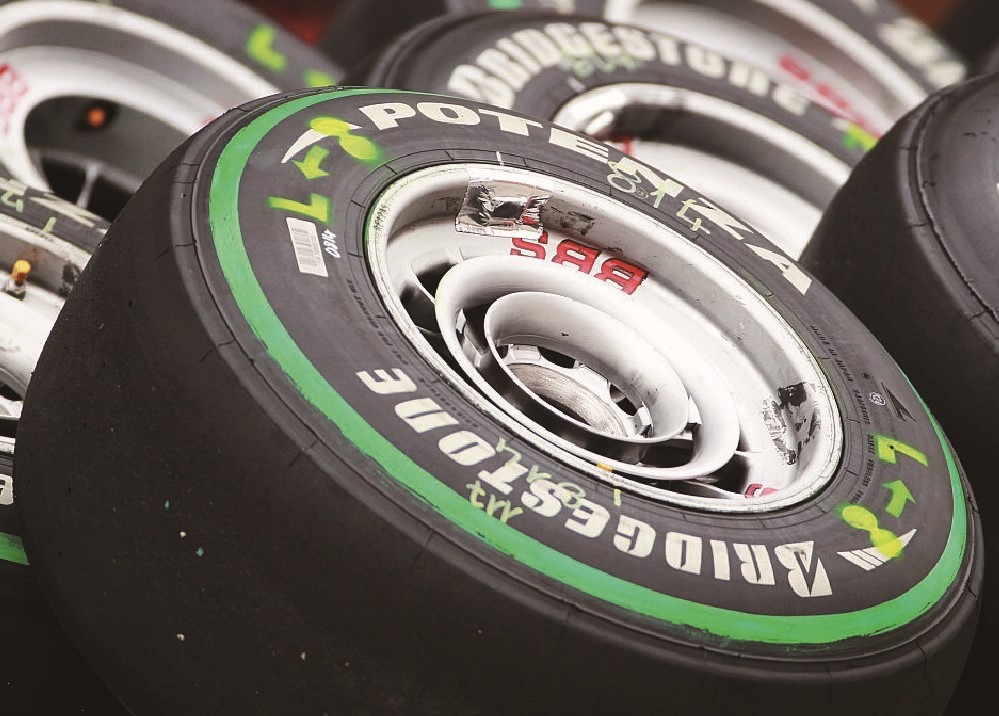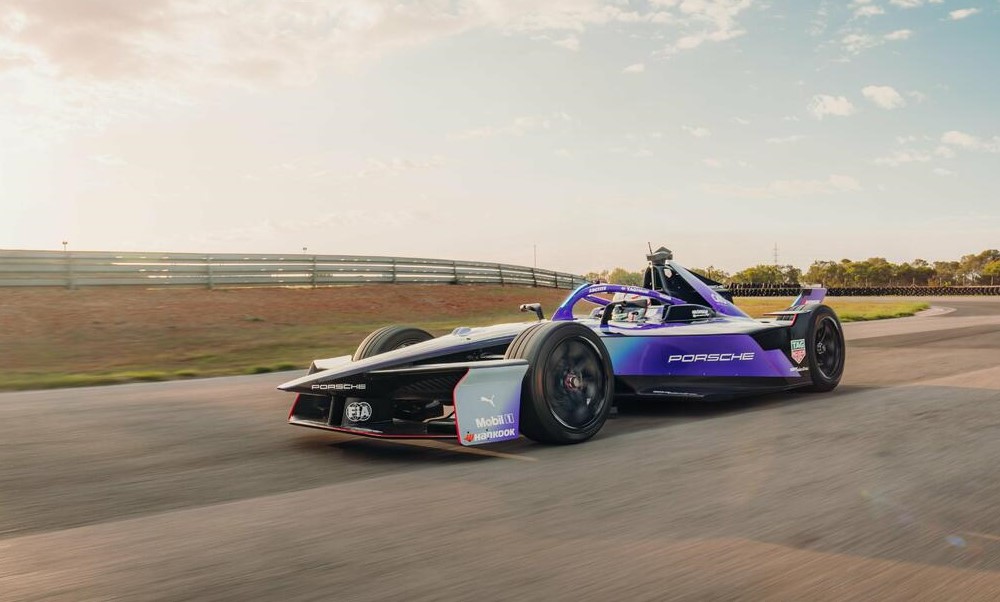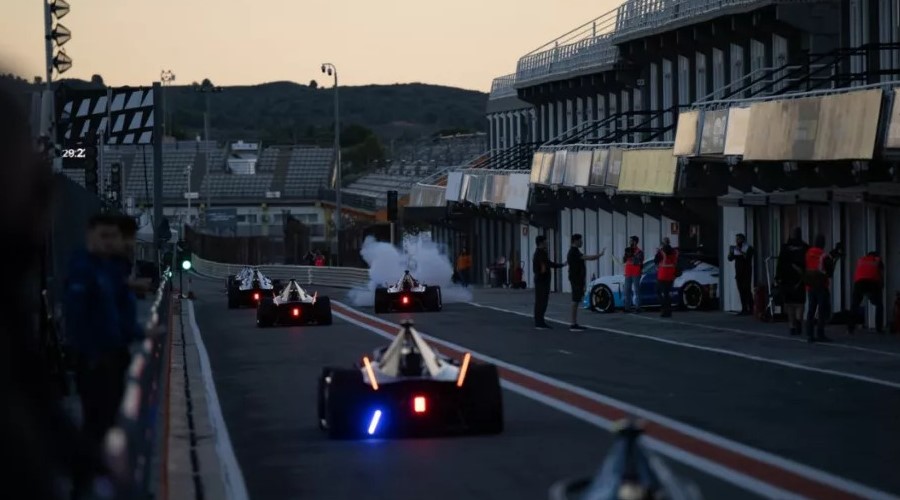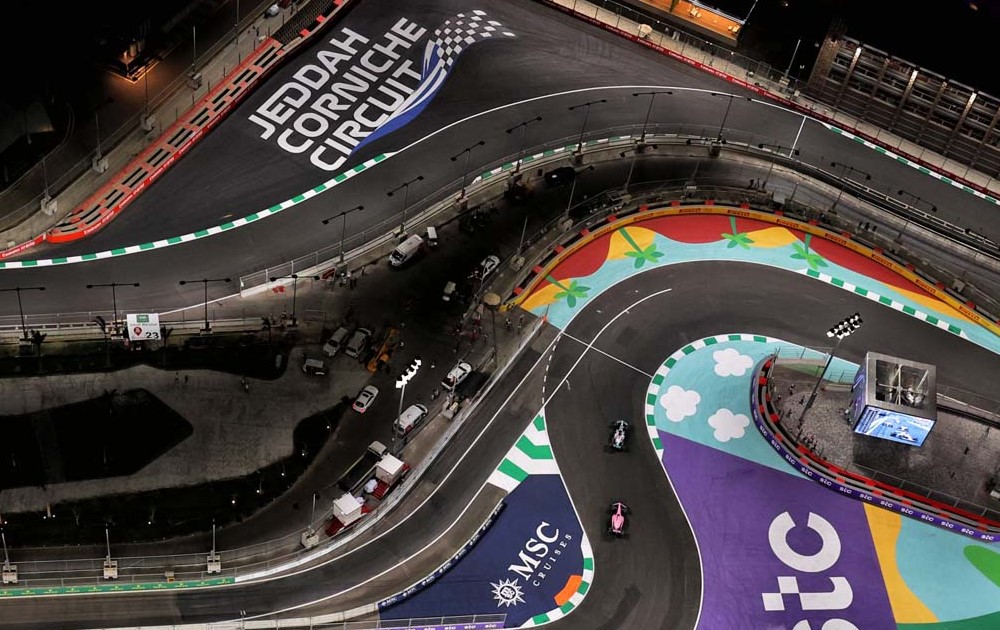Bridgestone is set to be confirmed as the official supplier of Gen4 Formula E tyres marking a return to world championship single-seater racing.
The Japanese tyre manufacturer won the tender and will soon be confirmed as the new Gen3 tyre supplier replacing Hankook, which supplied tyres for the first season of Gen3 this year and will remain up to the end of the 2025–2026 campaign.
Bridgestone attempted to rejoin Formula 1 after leaving the sport in 2010, while current supplier Pirelli took over; however, the bid was turned down because F1 had committed to continue working with Pirelli for an additional term.
Hankook will continue to produce Formula E tires up to the end of 2025–2026 season. After that, Gen3 will be replaced by Gen4 for the 2026–2027 season (season 13).
Drivers have voiced concerns over Hankook tyres for the reason they are far too challenging to get them to heat fast and during season nine the awful squeal of the tires became a problem.
The FIA World Motor Sport Council decided to approve Bridgestone’s application at its meeting earlier today, as reported. The names of the manufacturers that will supply the sport’s chassis and batteries for Gen4 were also revealed as well.
The “baseline” and “typhoon” tire specifications are outlined in the official Formula E tender. The tender specifies that the standard tyres are all-weather, grooved tyres just like those used in Formula E currently. Baseline tyres are required by the FIA to offer enough grip for safe racing in light rain.
The purpose of the typhoon tires is to be used for racing in extremely wet conditions. It also indicates that ensuring safe driving in heavy rain is the typhoon tyres’ primary performance goal.
It is mandatory to use typhoon tires during periods of high rainfall. When determining whether to use the baseline or typhoon tires, drivers will need to make a distinction between what is considered ‘heavy’ and ‘light’ rain.
For the Gen4 era, Formula E had intended to switch to slick tires. However, the tender’s outline contains no mention of slicks.
It is thought that there is still room to investigate the possibility of using full slicks for the fourth generation of the Formula E car.
Two tyre compounds will be available for the first time in Formula E history, as the series has only used an all-weather rubber since 2014.





